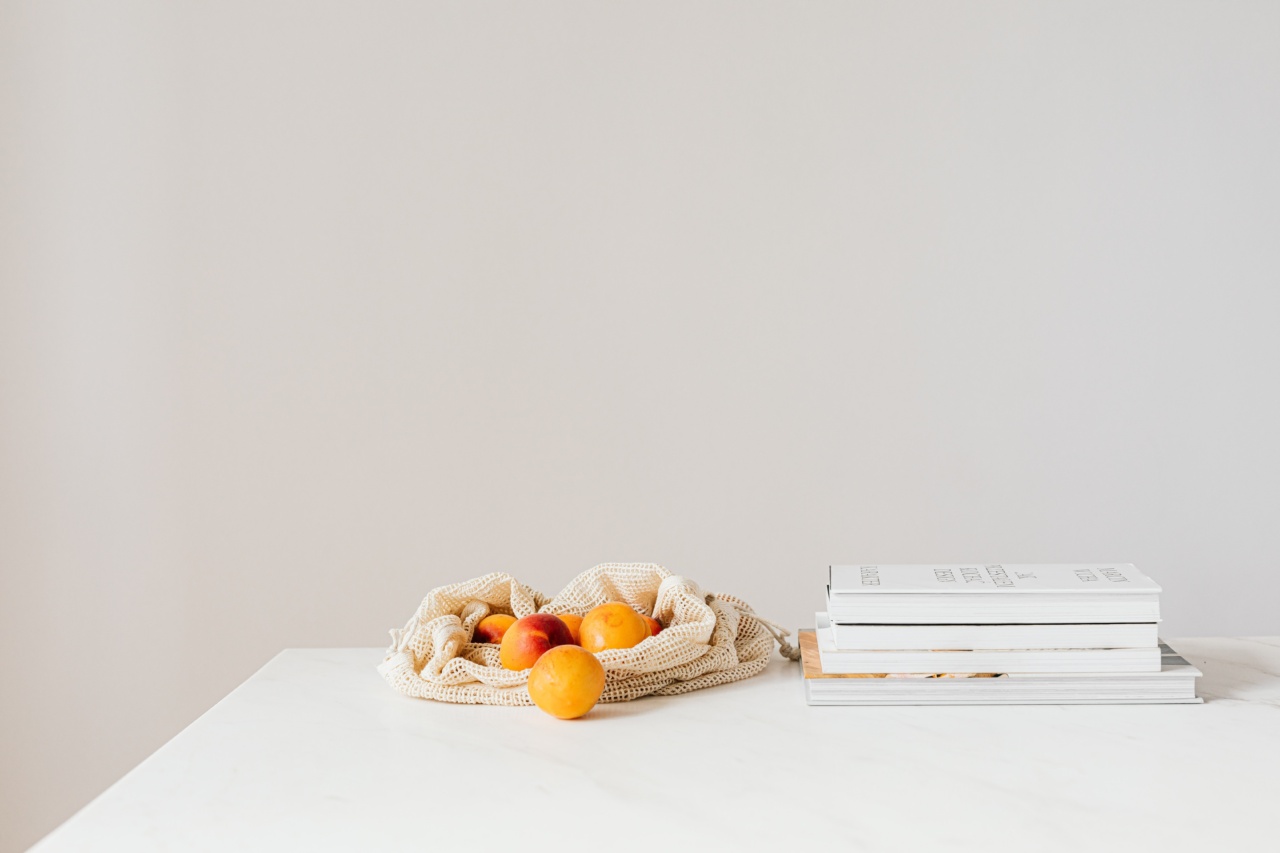High blood pressure, also known as hypertension, is a common health condition affecting millions of people worldwide. It is often referred to as a “silent killer” because it typically does not cause any noticeable symptoms.
If left uncontrolled, high blood pressure can lead to serious health problems, including heart disease and stroke.
While medication is often prescribed to manage high blood pressure, making dietary changes can also have a significant impact. In fact, a recent study has found that certain foods can help lower blood pressure naturally.
Incorporating these foods into your diet can be an effective way to manage your blood pressure levels and promote overall cardiovascular health.
1. Leafy green vegetables
Leafy green vegetables, such as spinach, kale, and collard greens, are packed with nutrients that can help lower blood pressure. They are excellent sources of potassium, which plays a crucial role in regulating blood pressure levels.
Additionally, these vegetables are rich in nitrates, which are converted into nitric oxide in the body. Nitric oxide helps relax and widen blood vessels, reducing blood pressure.
2. Berries
Berries, including blueberries, strawberries, and raspberries, are not only delicious but also beneficial for blood pressure management. They are loaded with antioxidants, including anthocyanins, which have been found to lower blood pressure levels.
Berries can easily be incorporated into your diet by adding them to yogurt, oatmeal, or smoothies.
3. Beets
Beets are another vegetable that can help lower blood pressure due to their high nitrate content. Consuming beet juice has been shown to significantly reduce blood pressure levels within a few hours.
You can enjoy beets by roasting them, adding them to salads, or even drinking beet juice for a quick boost.
4. Yogurt
Yogurt is a great source of calcium, potassium, and magnesium, all of which play a significant role in regulating blood pressure levels. Opt for low-fat or Greek yogurt to keep your saturated fat intake in check.
To make it more nutritious and delicious, add some berries and a sprinkle of nuts as toppings.
5. Oatmeal
Oatmeal is a heart-healthy whole grain that can help lower blood pressure. It is rich in fiber, which has been shown to have beneficial effects on blood pressure levels.
Additionally, oatmeal contains a type of fiber called beta-glucan, which may help reduce both systolic and diastolic blood pressure. Top your oatmeal with sliced bananas or some berries for added flavor and nutrition.
6. Garlic
Garlic has been used for its medicinal properties for centuries, and studies have shown that it can help reduce blood pressure levels.
It contains a compound called allicin, which has been found to have vasodilatory effects, meaning it helps relax blood vessels and improve blood flow. Incorporating garlic into your cooking or taking garlic supplements can be an effective way to lower your blood pressure.
7. Fish rich in omega-3 fatty acids
Fatty fish, such as salmon, mackerel, and sardines, are excellent sources of omega-3 fatty acids. These healthy fats have been shown to have numerous benefits for heart health, including reducing blood pressure levels.
Aim to consume fatty fish at least twice a week to reap the blood pressure-lowering benefits.
8. Pomegranates
Pomegranates are packed with antioxidants and other beneficial compounds that can help lower blood pressure.
Several studies have shown that consuming pomegranate juice regularly can lead to significant reductions in both systolic and diastolic blood pressure. You can enjoy pomegranates by eating the seeds or drinking the juice, both of which provide numerous health benefits.
9. Seeds and nuts
Seeds and nuts, including flaxseeds, chia seeds, almonds, and walnuts, are rich in nutrients that promote heart health and can help lower blood pressure.
They are excellent sources of magnesium, potassium, and fiber, all of which play important roles in managing blood pressure levels. Consider including a handful of seeds or nuts as a snack or adding them to salads, yogurt, or smoothies.
10. Dark chocolate
Good news for all chocolate lovers – dark chocolate (at least 70% cocoa content) can actually have a positive impact on blood pressure.
Dark chocolate contains flavonoids, which are potent antioxidants that can help dilate blood vessels and improve blood flow. Consuming a small amount of dark chocolate as an occasional treat can be a guilt-free way to support your cardiovascular health.
While incorporating these foods into your diet can help lower blood pressure, it is important to remember that they should be part of an overall healthy eating pattern.
This includes reducing your sodium intake, limiting processed foods, and consuming a variety of nutrient-dense foods.
By making conscious dietary choices and including these blood pressure-lowering foods, you can take an active role in managing your blood pressure and improving your overall well-being.





























